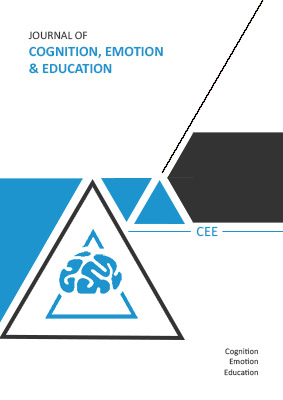Document Type : Research Paper
Author
Ferdowsi University of Mashhad, Iran
Abstract
In the present review, the nature of children’s ability to understand others’ mental states is described. Incremental developments in the theory of mind (ToM) during childhood are elaborated by reviewing electroencephalography (EEG) and event-related potential (ERP) components, latency, topography, and polarity. To date, there has been no comprehensive review study on temporal mechanisms underpinning ToM among 2-11-year-old children. Therefore, to address the gap, the development of ToM is delineated from early to late childhood. Based on the experiments, 4-5-year-old children are in the early developing stage of implicit false-belief understanding. During the preschool years, children’s first-order ToM develops and helps them to reflect on others’ mental states. By 7 years of age, children can think/feel about what other is thinking/feeling. By 8-11 years of age, children understand the third-order ToM. In general, developmental changes germane to mental growth are found to serve the development of ToM. Temporal alterations in children’s ToM, as well as their mental and meta-representational functions, are described.
Keywords

